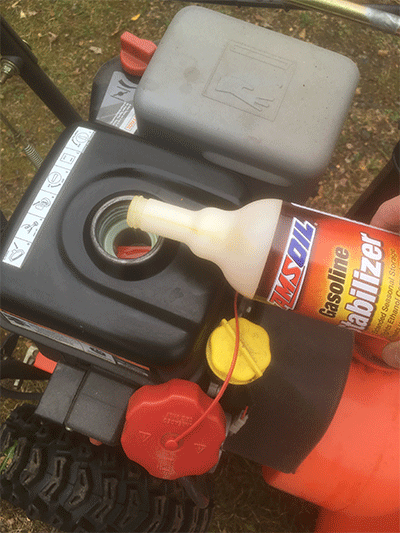How to Store Your Lawnmower in Winter Proper storage ensures your lawn equipment will run well for years. September 26, 2023 Winter is on the horizon and it’s time to store your lawnmower and other lawn and garden equipment through the colder months. The following tips will help you maximize the life and performance of […]
You are browsing archives for
Tag: varnish
How to Store a Snowblower
How to Store your Snowblower properly. Prevent damage during summer season. John Baker|Apr 06, 2020 2:12 PM Storing a snowblower properly is vital to ensuring it fires up when the snow eventually returns. When the first storm of the season dumps eight inches of snow on your driveway, you don’t want to be messing around […]
Eastern South Dakota Mess Package
Thanks to AMSOIL’s Sprays Winter Kept at Bay Cleaning and preventing big messes made easy. An arsenal of help. AMSOIL aerosols deliver cleaning power and performance you can see immediately. Mudslinger® Provides a protective layer of armor against the accumulation of mud, dirt and snow on ATVs, UTVs and dirt bikes, easing clean-up. Engine Degreaser […]
Lawnmower Won’t Start? Do this.
Lawnmower Won’t Start? Do this. John Baker|Jul 03, 2019 1:48 PM A lawnmower that won’t start, especially when taken from storage, is almost always due to one problem: bad gas. Storing a lawnmower in the fall without adding gasoline stabilizer to the fuel tank can cause the fuel to break down and plug the fuel passages. If fixing […]



